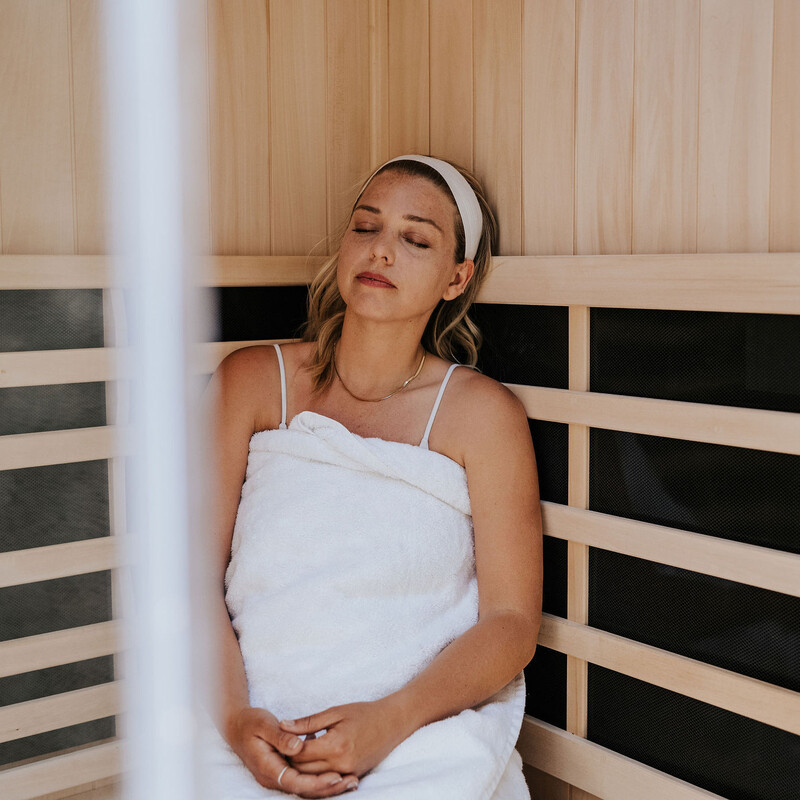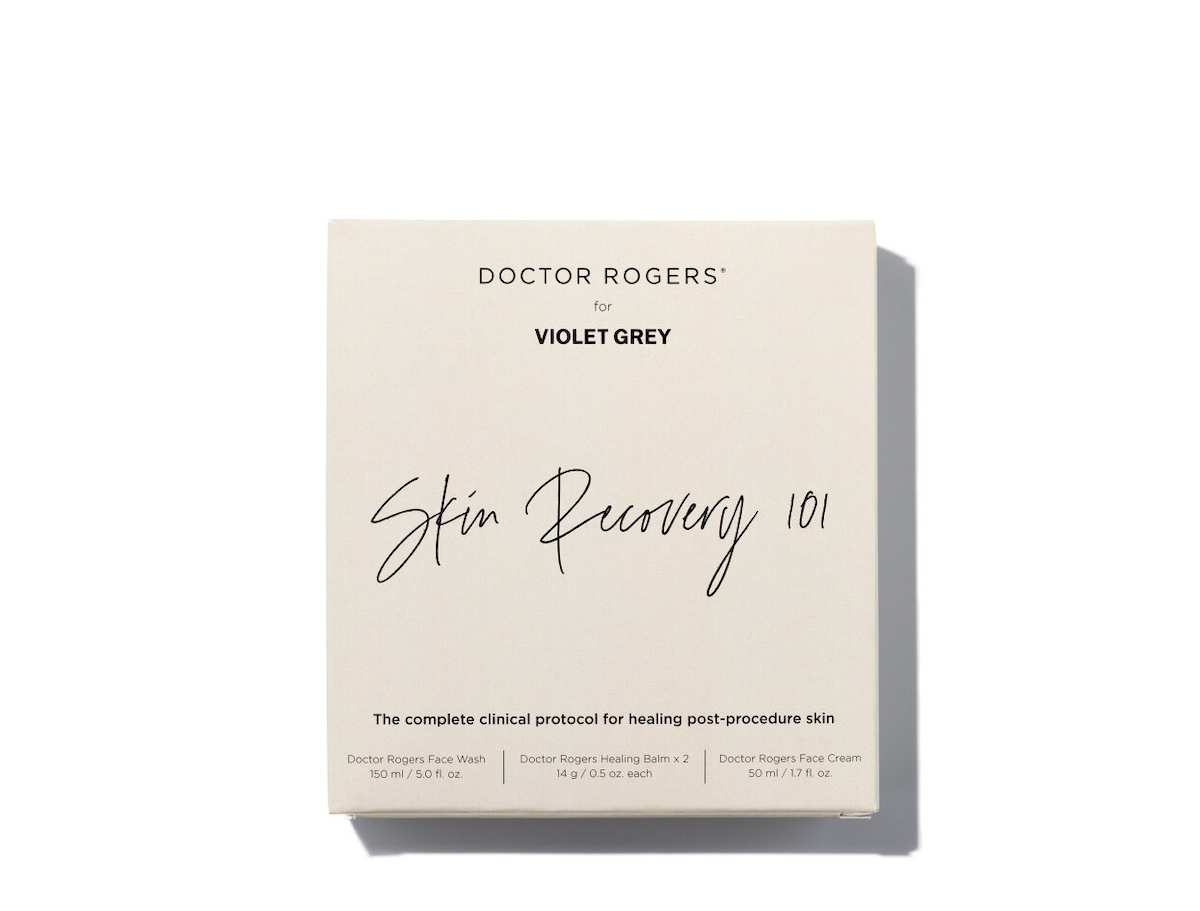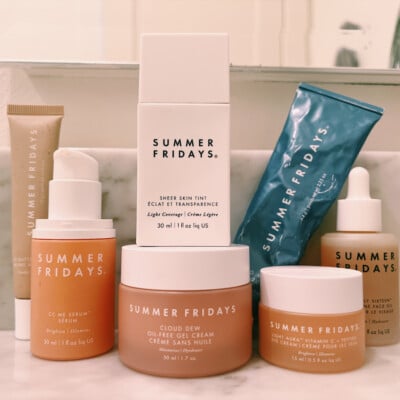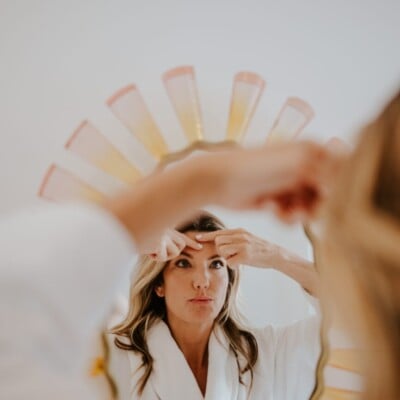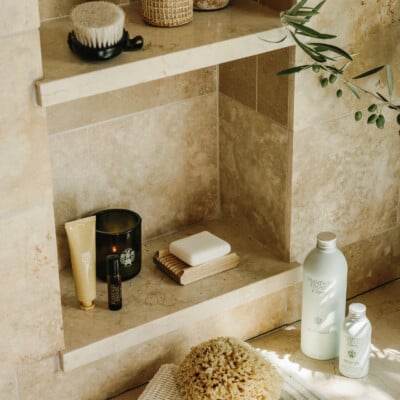I’m certainly guilty of it. (I’d like to think I’m not alone.) But despite being diligent with my sunscreen, I can still play things a little fast and loose in the summer months. (You too, right?) Thankfully, as we curl away from the sun into our fall cocoons, it’s the perfect time to discover exactly how to reset your skin for fall.
There are simple post-summer skincare tweaks you can make to your routine (a little vitamin C here, a dab of glycolic acid there), but when you’re looking for a hard reset, nothing beats a professional treatment doled out by a dermatologist who’s seen it all.
For guidance on trending treatments and steadfast procedures, I turned to two of my favorite board-certified dermatologists, Dr. Elizabeth Geddes-Bruce and Dr. Heather Rogers, to break down the most effective ways to repair sun-damaged skin.
“As a dermatologist, there is nothing more satisfying than cleaning up the summer fun on the face, neck, and chest,” says Dr. Rogers. “Laser treatments are so popular that my patients typically book them a year out to ensure they can be treated before the holidays.”
From chemical peels and those aforementioned lasers to emerging treatments, the duo share why each procedure works, what exactly it addresses, and (an oft-overlooked category) how to recover so your face can be a fresh canvas this fall.
Feature image by Teal Thomsen.

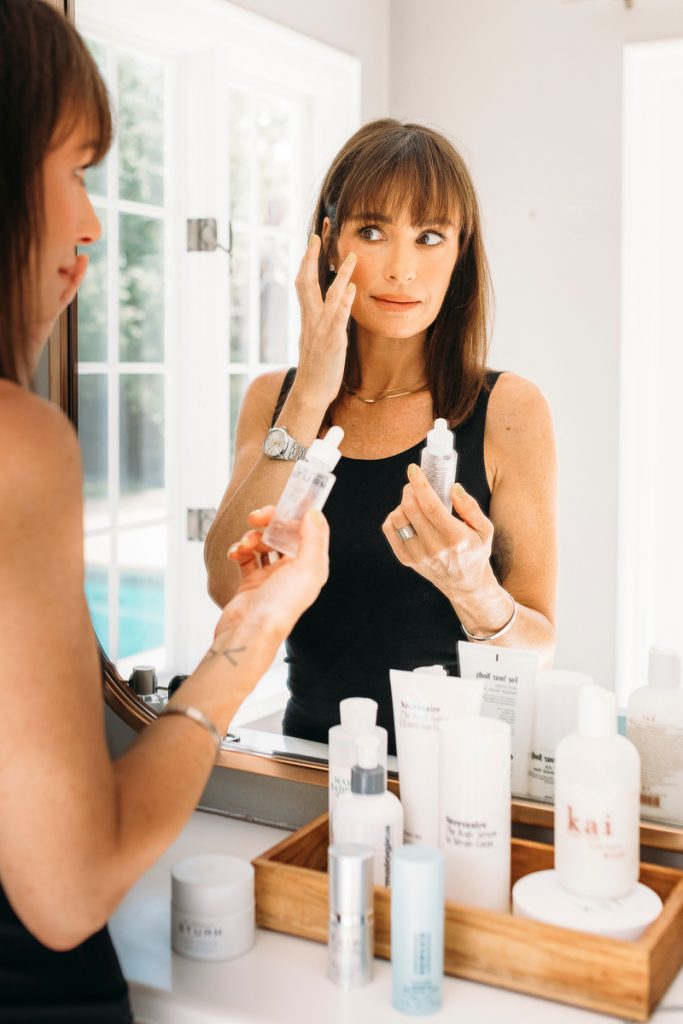
The Best Treatments to Reset Your Skin: A Laser Deep Dive
If there’s one treatment to wait on until sun-drenched summer days are behind us, it’s lasers. And though each of them is known for its skin-resurfacing magic, every laser device has its own highly specific function.
“When operated by expert hands, lasers have the ability to provide some of the most drastic changes to our skin, from tackling stubborn sun spots to softening fine lines and wrinkles, and can even help with minor skin firming,” explains Dr. Geddes-Bruce.
Their biggest downfall: healing time. “In general, the more dramatic the results desired, the more downtime required,” Dr. Geddes-Bruce adds. “And that’s because to stimulate the creation of new skin we need to injure the old skin in a controlled manner.”
Ahead, Dr. Rogers breaks down her favorite laser treatments for the fall, listed from the mildest (and quickest recovery) to the most aggressive (longest recovery).


Clear and Brilliant by Solta
Best for: dark spots and mild texture improvement
Good to Know: There will be 30 minutes of numbing prior to the treatment. Post-laser, you can expect a day of redness and a week of dryness.
For laser beginners, Dr. Rogers recommends this laser treatment, which involves minimal downtime and effectively targets melasma.
“Personally, I try to have two of these done a year—one in October and one in March,” Dr. Rogers shares.
Intense Pulsed Light
Best for: redness and hyperpigmentation
Good to Know: “Post-treatment, expect a few days of swelling, redness, and a coffee ground-like peeling of brown spots as they slough off, which is super satisfying!” Dr. Rogers shares.
Dr. Rogers’ treatment of choice for redness (like broken blood vessels and rosacea) is also effective on dark spots caused by the sun. However, she doesn’t recommend Intense Pulsed Light for melasma.
Fractional Resurfacing
Best for: texture, fine lines, and laxity
Good to Know: There is an hour of numbing prior to this treatment. You can expect seven days of significant recovery, the first few of which your skin will be red, crusty, and very swollen.
For clients seeking significant improvement for issues like texture, pore size, laxity, and wrinkles, fractional resurfacing is Dr. Rogers’ go-to. Though it requires the longest downtime of the three (seven days of recovery), it also offers the longest lasting results.
“My favorite of this laser group is C02, but Erbuim, Halo, and Fraxel are all effective,” Dr. Rogers notes.


The Best Treatments to Reset Your Skin: Chemical Peels
Pro: Can tailor the treatment to fit your skin’s needs (and your social calendar).
Con: It’s difficult to cover up healing skin with makeup.
When you’re ready to take your exfoliation game to the next level, chemical peels are an excellent option. And though there are some great at-home treatments available, they don’t pack nearly the AHA punch of a professionally administered treatment. Another plus for chemical peels: the downtime can be tailored to fit your social calendar.
“If there’s no way you can handle a solid week of shedding skin like a lizard, we can choose a lighter peel that can still brighten and refresh the skin, but won’t have the associated downtime,” shares Dr. Geddes-Bruce.


The Best Treatments to Reset Your Skin: Microneedling
Pro: Minimal downtime
Con: More intense versions can cause discomfort
Good to Know: Expect three to five days of rough skin.
Microneedling delivers on its name: an assemblage of small needles punctures the skin to a desired depth and stimulates skin growth. On its own, microneedling beautifully addresses fine lines and scarring, but microneedling can also be a great base treatment. Combine it with PRP (platelet-rich plasma drawn from your own blood) for additional glowiness and decreased healing time, or couple it with a radiofrequency device to stimulate even more collagen development.
“The biggest con of radiofrequency microneedling is the discomfort associated with the procedure,” notes Dr. Geddes-Bruce. “Thankfully, we have a number of different tools available to help get you through the procedure.”

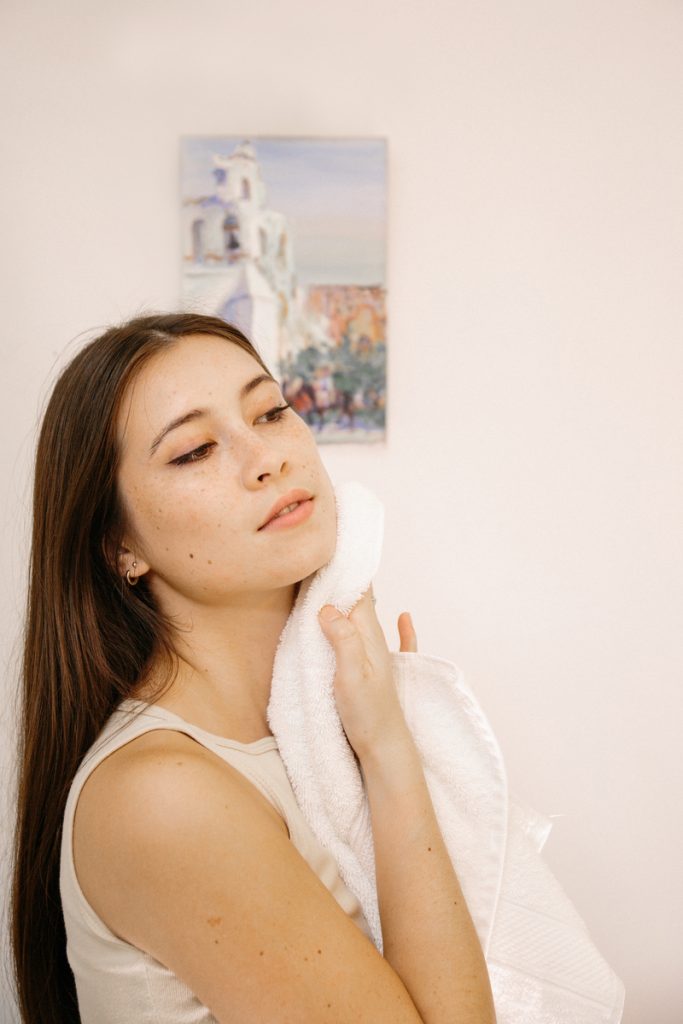
How to Care For Healing Skin Post-Treatment
The majority of in-office treatments require the intentional injury of the skin. Naturally, downtime is required, but it’s important to keep in mind that injured skin is extremely fragile. “It will absorb more of whatever you put on it and is more easily irritated because of this increased absorption,” Dr. Rogers explains. “Products that you think your skin loves when it’s intact, your skin may hate when healing.”
Studies have shown that transepidermal water loss is a key factor in how a skin wound is healing. That’s why ointments like Vaseline and Aquaphor are so often recommended to help heal skin wounds. Unfortunately, many of these OTC ointments are also packed with irritating fragrances or oils, and are often petroleum-based (the occlusive substance sits on top of the skin to prevent evaporation without providing any nourishing ingredients for the body).
Dr. Rogers’ new Skin Recover 101 Kit, available exclusively through luxury beauty realtor Violet Grey, addresses those concerns head on. “Ideally, when you are healing, you would have the benefit of occlusion to prevent water loss but also have ingredients the body can use during healing that do not irritate,” Dr. Rogers adds.
Doctor Rogers Restore Skin Recovery 101 Kit

